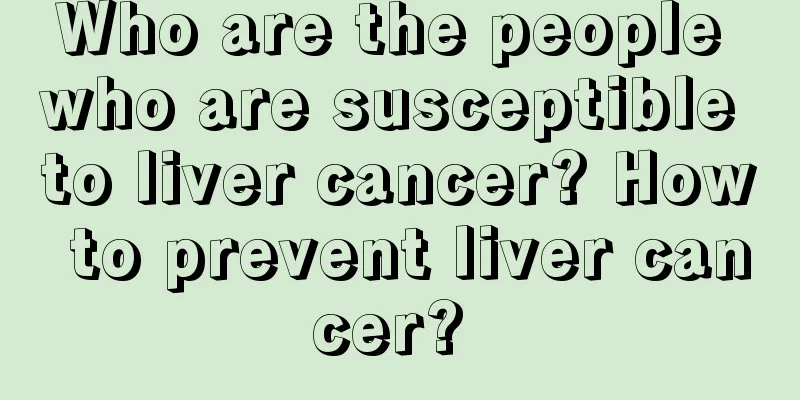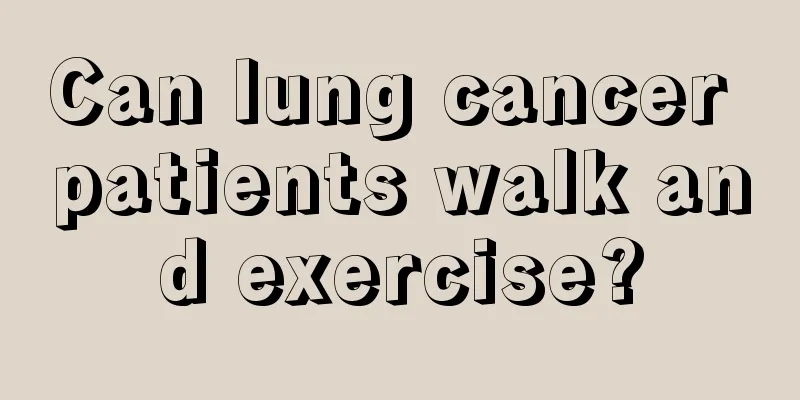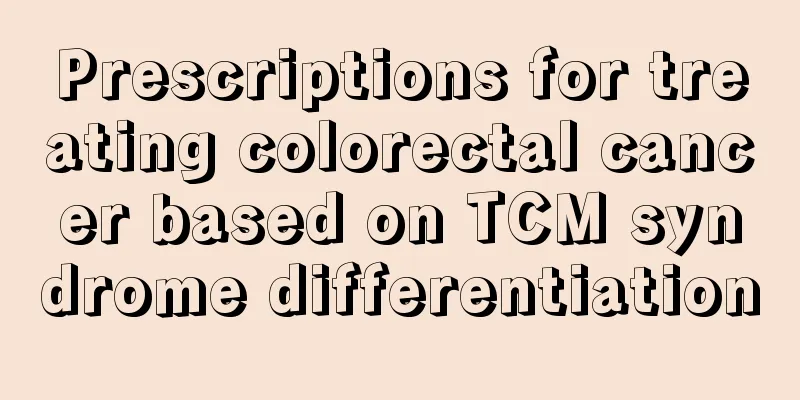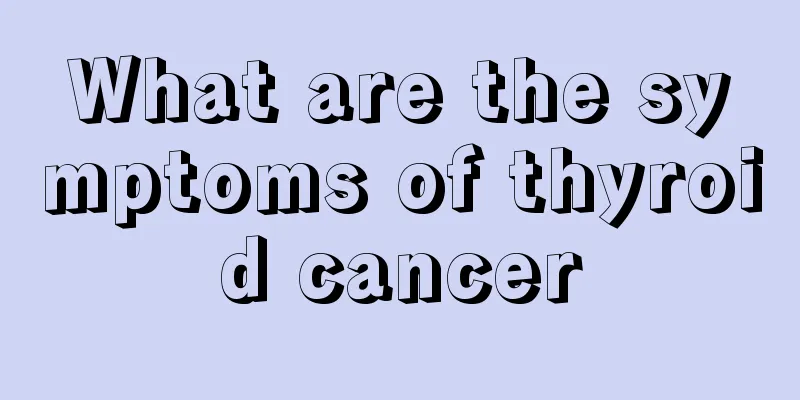Who are the people who are susceptible to liver cancer? How to prevent liver cancer?

|
Liver cancer patients are mostly middle-aged and elderly people, and the age group with a high incidence is between 50 and 60 years old. Moreover, male patients with liver cancer are significantly more than female patients. Generally speaking, the ratio of male to female liver cancer patients is 7-10:1, that is, the number of male liver cancer patients is 7-10 times that of female patients. Who are the susceptible groups for liver cancer? How can we prevent liver cancer in our daily life? Which groups of people are susceptible to liver cancer? Middle-aged and elderly people: Most liver cancers occur after the age of 40. This is because the effects of carcinogenic factors require a process of accumulation, which can even last for decades. Therefore, most liver cancer patients are middle-aged and elderly people, and the age group with a high incidence is between 50 and 60 years old. In addition, the occurrence of liver cancer is also related to the decline of the human immune function. After middle age, the thymus gradually shrinks, and the cellular immune function closely related to the thymus endocrine system also gradually weakens. The human body cannot effectively reject abnormal cells, and cancer takes the opportunity to germinate. Male: Male patients with liver cancer are significantly more than female patients. Generally speaking, the ratio of male to female liver cancer patients is 7-10:1, that is, the number of male liver cancer patients is 7-10 times that of female patients. There is no definite explanation for why males are the high-risk group for liver cancer. However, many medical experts believe that the female hormone in women has a certain antagonistic effect on certain liver cancer pathogenic factors. Hepatitis B patients: Epidemiological statistics show that areas where hepatitis B is prevalent are often also high-incidence areas for liver cancer. People who have had hepatitis B are indeed more likely to develop liver cancer than those who have not had hepatitis B. The risk is as high as 10.7 times. Some scholars believe that the way hepatitis B virus causes liver cancer is that hepatitis B virus first causes hepatitis, which in turn causes cirrhosis, causing atypical proliferation of liver cells, and then developing into liver cancer; other scholars believe that chronic hepatitis can directly lead to the occurrence of liver cancer without going through the cirrhosis stage. However, there is one point in their different views that they all agree on: hepatitis B virus may be the main initiating factor among the many factors that cause human liver cancer. People who eat unclean food: Long-term consumption of moldy food, food containing nitrite, and lack of trace element selenium in food are also important factors that promote liver cancer. Aflatoxin in moldy food is the main factor that induces cancer. Aflatoxin is the only substance that has been clearly proven to be carcinogenic. It is also one of the auxiliary causes of liver cancer. Smokers and drinkers: People who are addicted to alcohol have a high incidence of liver cirrhosis, and the relationship between liver cirrhosis and liver cancer is very deep. If they smoke a lot, it will accelerate and aggravate the formation of liver cirrhosis and promote the occurrence of liver cancer. How to prevent liver cancer? 1. Prevent hepatitis: Using hepatitis vaccines to prevent hepatitis and thus liver cancer has become one of the most promising ways to prevent liver cancer, but it is estimated that it will take decades to see results. It has been proven that hepatitis B vaccines are effective in preventing hepatitis. However, from a comprehensive perspective, prevention of HCV and HDV still needs to be considered. In addition to injecting hepatitis B vaccines, prevention of viral hepatitis also requires attention to the control of other transmission routes, such as diet, surgery, blood transfusion, injection, acupuncture and hairdressing. 2. Grain mold prevention: Mainly for corn and peanuts that are easily contaminated by AFB1. Moisture-proof storage is carried out during grain harvesting, threshing, transportation, drying, storage, etc. Grain that has been obviously moldy cannot be eaten; grain that is extremely mildly moldy is carefully selected, cleaned, and treated with drugs. In high-incidence areas, it is recommended to change the dietary structure and reduce the proportion of corn in the staple food. 3. Improve drinking water: In rural areas with high incidence, various measures should be taken in conjunction with the patriotic health campaign to improve the drinking water environment, changing from drinking ditch and pond water to drinking well water, deep well water, and rainwater, or building small water plants. In cities, unpolluted water sources should be used as the source of tap water, and environmental pollution should be prevented. 4. Appropriate selenium supplementation: For people with low selenium levels, selenium-enriched yeast, selenium polysaccharides, and selenium-enriched salts can be used to supplement selenium and increase blood selenium levels. 5. Other preventive measures include reducing nitrosamine intake, quitting smoking and drinking. |
<<: What is the chance of inheriting liver cancer? You need to know these common liver cancer facts
>>: What can you eat to prevent liver cancer? What can you not eat to prevent liver cancer?
Recommend
What are the diagnostic methods for rectal cancer
Rectal cancer is a highly prevalent cancer. This ...
How to prevent gastric cancer? It can be divided into two categories
The etiology of gastric cancer is complex, and th...
How to treat nasopharyngeal carcinoma? How much does radiotherapy for nasopharyngeal carcinoma cost?
In our lives, we have more or less heard of nasop...
The brain has no thinking ability
Everyone has their own thinking ability, because ...
Why do I always dream when I sleep
As the saying goes, you feel sleepy in spring, ti...
Will pancreatic tumors harm the body?
Clinically, pancreatic tumors can be divided into...
What symptoms does liver parasitic disease cause
Parasites have always been with us, but sometimes...
The truth about facial lead removal
Lead is a common metal element in nature. If the ...
Benefits of finger painting
Finger painting is a widely used method of painti...
Is prostate cancer dangerous?
The extent of the harm caused by prostate cancer ...
What can make your skin whiter_What can make your skin whiter
There are many ways to whiten the skin. If you ma...
How much does it cost to treat bladder cancer
Bladder cancer not only has a great impact on the...
Feeling uncomfortable from throat to stomach
Nowadays, many people often feel discomfort in th...
How long can frozen meat be kept in the refrigerator
Nowadays, many people are busy at work, so they b...
The harm caused by prostate cancer
There are many types of malignant tumors, and pro...









